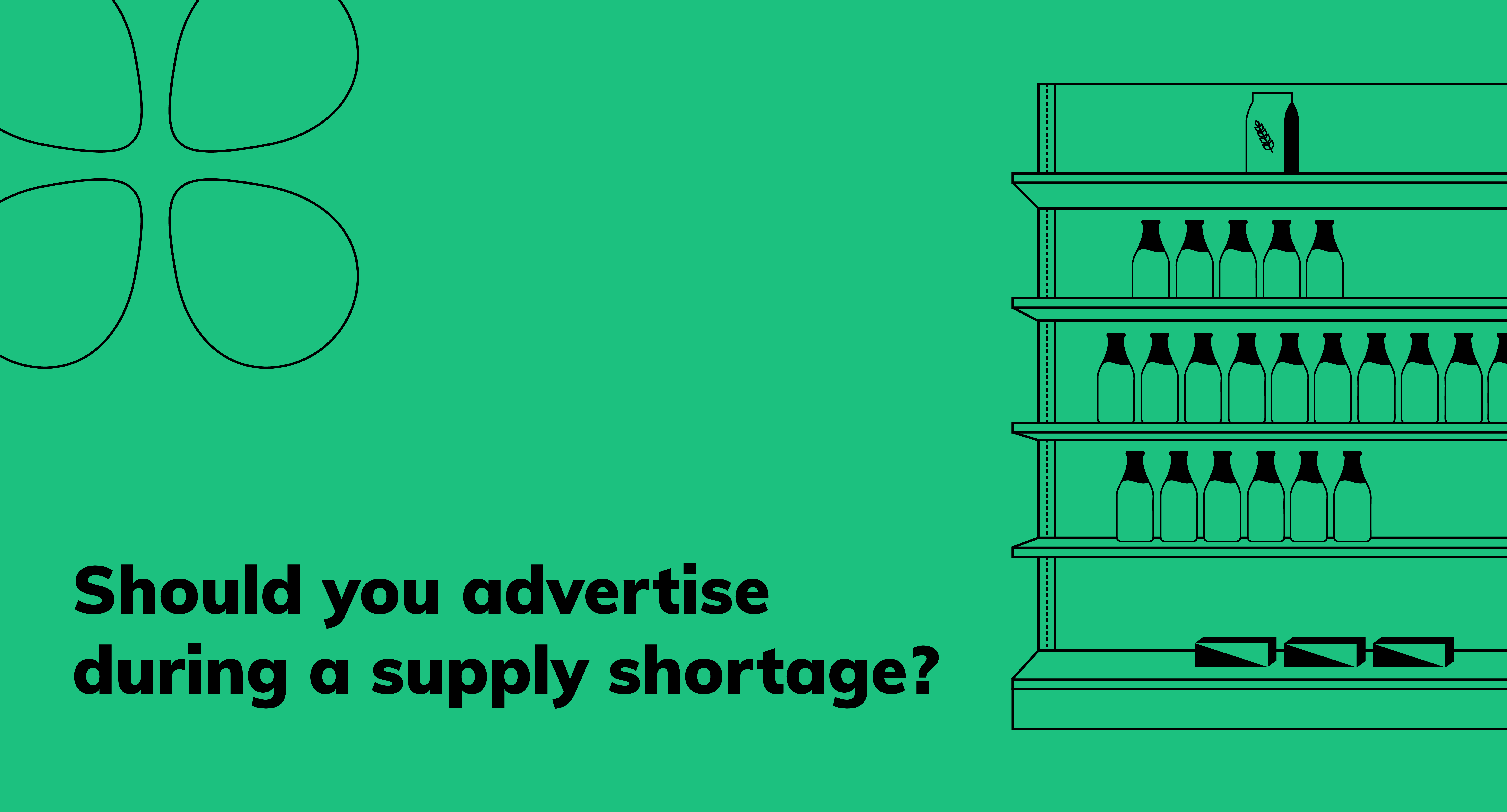[et_pb_section fb_built=”1″ admin_label=”Post Content Section” _builder_version=”4.17.3″ background_color=”RGBA(255,255,255,0)” module_alignment=”center” custom_margin=”0px|0px|0px|0px|false|false” custom_padding=”0px|0px|0px|0px|false|false” global_colors_info=”{}”][et_pb_row admin_label=”Post Content Row” _builder_version=”4.17.3″ background_size=”initial” background_position=”top_left” background_repeat=”repeat” width=”100%” module_alignment=”center” custom_margin=”0px|0px|0px|0px|false|false” custom_padding=”0px|0px|0px|0px|false|false” global_colors_info=”{}”][et_pb_column type=”4_4″ _builder_version=”4.16″ custom_padding=”|||” global_colors_info=”{}” custom_padding__hover=”|||”][et_pb_text admin_label=”Post Content Text” _builder_version=”4.17.4″ background_size=”initial” background_position=”top_left” background_repeat=”repeat” module_alignment=”center” custom_margin=”0px|0px|0px|0px|false|false” custom_padding=”0px|0px|0px|0px|false|false” hover_enabled=”0″ global_colors_info=”{}” sticky_enabled=”0″]
In 2021, online shoppers saw more than 6 billion “out of stock” messages during the holiday shopping season. That’s a 253% increase over the 2019 pre-COVID season and a 10% jump from 2020 (which, you might remember, was the year we couldn’t find toilet paper anywhere). What does this mean? Well, simply put, the supply chain problem is more complex than ever and it’s only getting more complicated.
For even the most seasoned marketer, a supply shortage presents a tricky situation for brands. That’s particularly true of established brands in competitive categories. It feels like an impossible question: How do you maintain the brand you’ve worked so hard to build without making your situation worse?
Work With What’s Available
To find an answer, we have to look at the two core drivers that influence advertising efforts and directly impact market share: physical availability and mental availability.
Physical availability is the distribution and accessibility of your product. For some companies, this might be wholesale distribution in nationwide chains and for others it might be an e-commerce website. If you’re facing supply chain issues, it’s your physical availability that is likely lagging.
Mental availability is far more intangible but is just as important. Mental availability is how often a brand comes to mind in buying situations. Many consider mental availability and awareness the same thing, but they are very different. Awareness is how many people know about or remember your brand, whereas mental availability is specifically how often a buyer thinks about your brand when looking to purchase a product like yours (those moments are called “category entry points”).
Mental availability is built by linking several distinctive assets, such as specific and recognizable colors, mascots, slogans or other brand cues, with those key buying moments. For example, Geico has worked hard over the past decade to associate its mascot and slogan with a specific category entry point: needing to save money on car insurance. When a consumer says “I need to save money on my car insurance,” Geico is banking on consumers thinking of a green gecko saying “15 minutes could save you 15%.” That’s mental availability, and it’s how brands in highly competitive, mature categories grow.

So why does all this matter during a supply shortage? Well, as stated earlier, mental availability and physical availability are the two key drivers of market share. While you’re working hard to resolve physical availability, you can leverage smart, data-driven strategy to improve mental availability by either establishing new brand cues or leveraging existing brand cues to make them more widely known. This puts you and your brand in a better position to steal market share from competitors once supply chain issues are resolved.
Take KFC, which won global props for its response to a chicken shortage in the United Kingdom. When research showed that 71% of U.K. residents visited KFC at least once a year, the Colonel knew it was crucial to get a message out in the U.K. market. So the company ran full-page advertisements in U.K. newspapers to apologize, depicting several of those distinctive assets we know and love – the bucket, colors and the beloved Colonel’s portrait. However, this empty chicken bucket featured the letters “FCK” instead the usual KFC mark, along with an apologetic note.
This tongue-and-cheek campaign earned tons of attention, collectively generating a reach of more than 1 billion unique impressions. Data also shows that following this campaign, 29% of people noticed the fast-food chain (aided awareness was 7% previously). In a time when KFC was unable to access its namesake product, the company continued to build mental availability and widen its funnel through simple, strategic and creative advertising.
See also: 4 Characteristics of Great Strategists
It’s All in Their Head
But what if your supply shortage isn’t going to be resolved any time soon? What if your customers will continue to see significant delays in delivery? For this, we turn to good, old-fashioned consumer psychology. During COVID, we saw more supply shortages than ever, so we saw brands turn to consumer psychology to devise clever work-arounds with their agency partners.
For example, in 2021, one company that makes high-end crafting tools found itself in an impossible situation. It was the holiday season – the time of year its product is most relevant and most frequently purchased – and the company had no inventory. Zero. None. Somehow, it needed to capture revenue and sell units when it would likely be months before more stock was available.
Smart, quantitative research revealed that most people buying this item during the holidays were gifting the item to someone else.
Leveraging this, further qualitative research showed that the real need of the purchaser during this time wasn’t the actual tool but rather simply having something to give to their “special someone.” They were after instant gratification, not a crafting tool. After all, everyone wants to see that big smile when someone is unwrapping your gift.

Advertisers know that our brains produce feel-good chemicals when we get a gift. But those chemicals are produced for anything we respond positively to – expensive or not. Knowing this, the company and its agency partner devised a clever plan. They created a mascot – a new distinctive asset – that looked like a cartoon version of the tool. They worked together to have plushies made that could be immediately sent to the customer, delighting them with something physical to keep for themselves or pass on to a gift recipient while waiting for their actual tool to arrive, satisfying the need for instant gratification.
Invest in Your Reputation
When supply chains are uncertain, strategic marketing by way of brand building can be your greatest opportunity. It’s a well-documented truth: Brands that invest in marketing when competitors cut back improve market share and see long-term returns on investments. That’s because consumers buy brands they associate with quality and longevity. So whether it’s a supply shortage or an economic downturn, don’t turn the lights out on advertising and branding support.
And Don’t Leave It to Luck
At Luckie, we help brands do things that real people care about. We are a creative, data-driven agency that builds brands and brand experiences to solve business problems and achieve results luck can’t explain.
Take a look at how we’ve done this for our clients, and contact us if you’d like to learn more.
[/et_pb_text][/et_pb_column][/et_pb_row][/et_pb_section]




